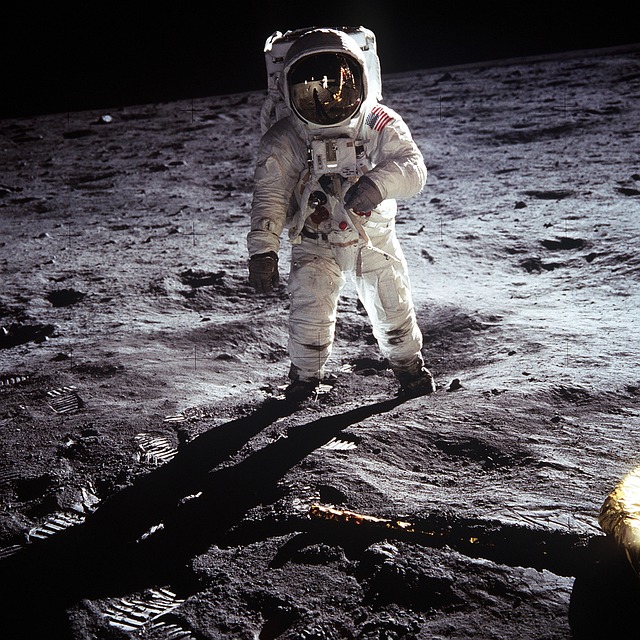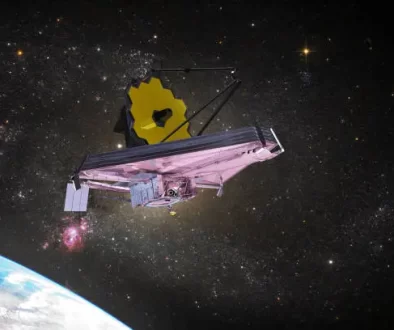Aerospace Engineering: Aeronautics and Astronautics
Aerospace Engineering is a dynamic and interdisciplinary field comprising aeronautics and astronautics. As aspiring engineers commence their aerospace engineering journey, they receive comprehensive education covering both branches. As they advance in their careers, many opt to specialize in either aeronautics or astronautics, thus propelling aerospace technology forward.
Aeronautics: Crafting Vehicles for Atmospheric Flight
Aeronautics primarily involves studying and applying flight within Earth’s atmosphere. Engineers in this domain design efficient, safe, and technologically advanced aircraft, from commercial airplanes to military jets. Delving into aerodynamics, propulsion systems, materials science, and structural design, aeronautical engineers innovate high-performing aircraft.
Astronautics: Creating Spacecraft for Exploration
Conversely, astronautics encompasses designing, developing, and operating spacecraft for travel beyond Earth’s atmosphere. Engineers in this field undertake a diverse array of projects, including rockets, satellites, space stations, and interplanetary exploration missions. Their objective is to develop technologies that endure space’s harsh conditions and achieve mission goals, including propulsion systems, life support systems, spacecraft structures, thermal management, guidance and navigation systems, and communication systems.

Astronautical Engineering: Designing for Space
Astronautical engineering, a specialized aerospace engineering discipline, dedicates itself to spacecraft and related technology design for space missions.
Key Components and Subsystems
Astronautical engineers are accountable for designing and integrating critical spacecraft subsystems, including propulsion, structure, thermal systems, attitude determination and control, guidance and navigation, and communication.
- Propulsion: Propulsion systems are pivotal for spacecraft to reach intended destinations. Engineers develop efficient engines and propulsion methods to attain required speeds and trajectories for successful missions.
- Structure: Spacecraft must withstand stresses during launch and space travel. Engineers focus on designing robust, lightweight structures ensuring spacecraft durability and integrity.
- Thermal Systems: Maintaining appropriate spacecraft temperature is crucial for optimal component functioning. Engineers design thermal systems to regulate and distribute heat effectively in the vacuum of space.
- Attitude Determination and Control: Accurate orientation and stability during missions are essential. Engineers work on systems determining and controlling spacecraft attitude for effective communication and mission success.
- Guidance and Navigation: Precise trajectory planning and adjustments are critical for mission success. Engineers develop and implement guidance and navigation systems to ensure accurate spacecraft path following.
- Communication: Wireless communication is fundamental for successful space missions. Engineers design and integrate communication systems facilitating data transfer between spacecraft and ground control, as well as between spacecraft and other mission components.
Specializations in Astronautical Engineering
Astronautical engineering offers numerous specialization options, allowing engineers to focus on specific subsystems or components. Some specialize in propulsion, optimizing engine efficiency and exploring innovative propulsion technologies. Others focus on structures, ensuring spacecraft durability and structural integrity. Systems engineers, crucial for mission success, possess a comprehensive understanding of all subsystems, ensuring seamless integration into the spacecraft.
Conclusion
As space exploration expands and evolves, the role of astronautical engineering becomes increasingly significant. Advancements in technology and the growing interest in space exploration necessitate a continuous surge in skilled astronautical engineers. These professionals, through their expertise and dedication, contribute to shaping the future of space exploration and innovation, paving the way for humanity’s ventures beyond our home planet.
So, I hope this article has been informative for you, and I’d like to thank you for viewing.



